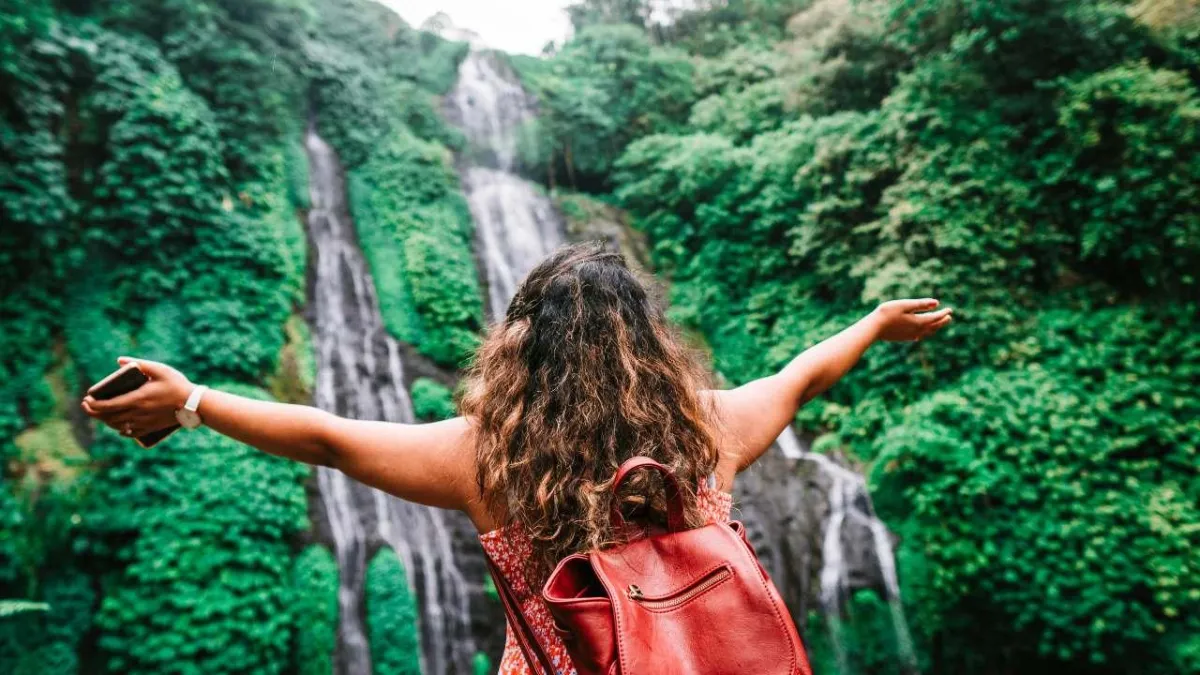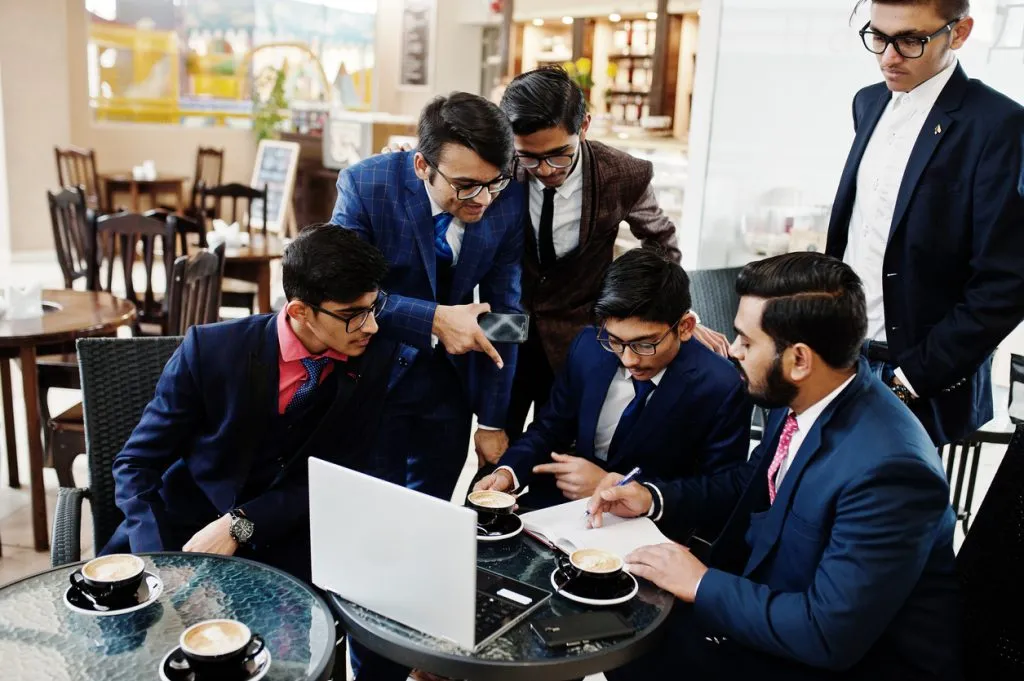Planning a trip to India in 2025? You’re in for an adventure filled with vibrant cultures, stunning landscapes, and unforgettable experiences. But navigating India’s travel scene can feel overwhelming—chaotic cities, diverse customs, and endless destinations can leave even seasoned travelers unsure where to start. At Aura, we’ve got you covered with practical travel tips based on real-world insights to make your journey smooth and inspiring. From crafting the perfect India itinerary to mastering cultural etiquette and staying safe, this guide shares everything you need to explore India with confidence. Ready to dive into the colors, flavors, and wonders of this incredible country? Let’s get started!
Planning Your Trip to India Best Time to Visit India Visa and Entry Requirements Crafting the Perfect Itinerary
When planning your trip to India, timing and paperwork are key to a smooth start. The best time to visit India generally falls between October and March when the weather is cooler and more comfortable, especially if you’re exploring popular spots like Delhi, Jaipur, or Kerala. Avoid the peak summer months (April to June) unless you’re heading to the mountains, as temperatures can soar and become uncomfortable.
For most U.S. travelers, getting a visa before arrival is essential. India offers an e-Visa system that’s straightforward to apply for online—just make sure to do this at least a few weeks before your trip. Your passport should be valid for at least six months beyond your travel dates, and you’ll need a return or onward ticket to qualify.
Crafting your India itinerary depends on how much time you have and what interests you most. If it’s your first time, focusing on a few regions helps avoid travel fatigue. You might choose the Golden Triangle (Delhi, Agra, Jaipur) for history and culture or southern India for beaches and backwaters. For solo travelers or those looking for offbeat gems, planning ahead is even more important to ensure safety and smooth transport connections. Don’t forget to include some must-visit destinations India is famous for alongside hidden treasures.
To get started on detailed travel tips, check out this easy travel tip Tuesday guide that can help you refine your plans.
Navigating India Safely
Traveling in India can be an incredible experience, but safety should always be your top priority. Whether you’re on a solo trip or traveling with others, being aware of your surroundings helps you enjoy your journey without worry.
Safety Tips for Solo and Female Travelers
- Stay alert in crowded areas: Markets, train stations, and tourist spots can get chaotic. Keep your belongings secure and avoid distractions.
- Dress modestly: This helps you blend in and shows respect for local customs, which can prevent unwanted attention.
- Use trusted transportation: Opt for registered taxis or ride-sharing apps instead of hailing cabs off the street.
- Share your itinerary: Let someone know where you’re headed each day, and keep your phone charged with emergency contacts saved.
- Trust your instincts: If a situation feels off, remove yourself politely but firmly.
Female travelers may want to avoid traveling alone at night and consider booking accommodations with good reviews from other solo women travelers.
Staying Healthy in India
- Drink bottled or filtered water only: Avoid tap water and ice to prevent stomach issues.
- Eat fresh and cooked food: Street food is tempting but choose busy stalls with high turnover to reduce risk.
- Carry basic medicines: Include antacids, rehydration salts, and any personal prescriptions.
- Get recommended vaccinations: Check with your doctor before traveling to India about vaccines like Hepatitis A, Typhoid, or Tetanus.
- Practice good hand hygiene: Carry hand sanitizer, especially when using public transportation or visiting busy sites.
Communication and Connectivity
Staying connected in India is easy and affordable. Buying a local SIM card at the airport or nearby shops is a smart move—it gives you reliable data for navigation apps, translation tools, and staying in touch with friends or guides. Major providers like Airtel and Jio offer good coverage in most urban and tourist areas.
Also, Wi-Fi is commonly available in hotels, cafes, and larger restaurants, but don’t rely solely on it—keeping mobile data as a backup is wise. Download offline maps and essential apps before you arrive to handle any connectivity gaps.
Safe travel and clear communication make your India adventure smoother and more enjoyable. For more travel basics, check out travel tips for first time flyers for additional insights on preparing for your journey.
Budgeting and Payments Managing Costs in India Paying as a Foreigner
Traveling to India can be surprisingly affordable, but it’s important to have a clear plan for managing your budget and payments. Here’s what you need to know:
Managing Costs in India
- Accommodation: Options range from budget hostels and guesthouses to mid-range hotels and luxury stays. For budget travel India, guesthouses and budget hotels in big cities usually cost between $10 to $30 per night.
- Food: Street food is cheap and tasty, often costing just a few dollars per meal. Eating at local restaurants helps keep costs low while giving you an authentic taste of Indian cuisine.
- Transportation: Local buses and trains offer the best value, but for comfort, budget for occasional taxis or app-based cabs like Ola or Uber. Trains are a favorite for backpackers and solo travelers in India.
- Activities: Entry fees for most tourist spots are affordable but differ for foreigners. Plan and include these in your budget.
Paying as a Foreigner
- Currency: The Indian Rupee (INR) is the only accepted currency, so carry a mix of cash and cards.
- Cash: Keep enough cash for daily expenses and smaller purchases, especially in remote areas or markets that don’t accept cards.
- Cards and ATMs: Credit and debit cards are widely accepted in urban areas, but always inform your bank before traveling to avoid blocked transactions. ATMs are abundant in cities but scarce in rural regions.
- Digital Payments: Mobile wallets like Paytm are popular but can be tricky to use without an Indian phone number.
- Currency Exchange: Exchange US dollars at airports or authorized exchange centers for favorable rates. Avoid street exchangers to stay safe.
Managing your budget carefully and knowing how best to pay will make your India trip smoother and stress-free. For more tips on travel spending and cash handling, you might find this travel tips for first-time flyers helpful.
Cultural Etiquette and Immersion
Respecting Indian Culture
India is a diverse country with deep-rooted traditions. When you travel here, it’s important to respect local customs. Simple gestures like removing your shoes before entering someone’s home or a temple go a long way. Dress modestly, especially in rural areas and religious sites, to show respect. Avoid public displays of affection and be mindful of personal space.
Engaging with Locals
Indians are generally warm and welcoming. A friendly smile and learning a few basic phrases like “Namaste” (hello) or “Dhanyavaad” (thank you) can open many doors. When interacting, listen actively and show genuine interest in their stories and culture. Avoid controversial topics such as politics or religion unless you know the person well.
Festivals and Events
India is known for its vibrant festivals, which are perfect opportunities to experience local culture firsthand. Events like Diwali (Festival of Lights), Holi (Festival of Colors), and Navratri showcase India’s rich traditions. If your trip aligns with a festival, join in the celebrations respectfully. Remember to follow local customs during festivals, like using eco-friendly colors during Holi or dressing appropriately for religious events.
Must-Visit Destinations in India
India is packed with iconic landmarks and hidden gems that make for an unforgettable trip. Whether you’re a first-timer or a seasoned traveler, these spots offer a perfect mix of history, culture, and adventure.
Iconic Landmarks
- Taj Mahal, Agra – The ultimate symbol of love and a must-see for any India itinerary.
- Jaipur’s Amber Fort – Dive into Rajasthan’s royal heritage and stunning architecture.
- Varanasi Ghats – Experience ancient spiritual traditions on the banks of the Ganges.
- Gateway of India, Mumbai – A historic colonial landmark and vibrant city hub.
- Hampi – Wander through the ruins of the Vijayanagara Empire for a glimpse of India’s rich past.
Offbeat Gems
- Spiti Valley, Himachal Pradesh – A remote haven for breathtaking mountains and Buddhist culture.
- Majuli Island, Assam – One of the world’s largest river islands with unique tribal traditions.
- Rann of Kutch, Gujarat – Visit during the Rann Utsav festival for surreal white salt desert views.
- Pondicherry – French colonial vibes meet Indian culture in this coastal town.
- Gokarna, Karnataka – A laid-back beach town perfect for backpackers and solo travel in India.
Getting Around
Traveling between these destinations is easier with some planning:
- Trains – India’s extensive rail network connects most major cities and towns. Booking in advance through official apps or sites is recommended.
- Domestic Flights – Great for covering long distances quickly, especially between metro cities.
- Buses and Shared Vans – Ideal for regional travel, offering budget-friendly options.
- Auto Rickshaws and Taxis – Best for short distances within cities. Use apps like Ola or Uber for ease and safety.
- Renting Scooters or Bikes – Popular in smaller towns and beach destinations for flexible travel.
Choosing the right transport based on your route and comfort will help make your India trip smooth and enjoyable.
Practical Packing Tips What to Pack for India Packing for Weather
When packing for India, it’s best to keep it simple and practical. Here’s what I recommend:
- Clothing: Light, breathable fabrics like cotton work best, especially for hot and humid areas. Pack modest clothes to respect local customs—think long pants or skirts and tops that cover your shoulders.
- Layers: Depending on where you go, you may need layers. Northern India and hill stations can get chilly, especially in the evenings, so bring a light jacket or sweater.
- Comfortable Shoes: You’ll walk a lot. Bring sturdy, comfortable shoes or sandals that you can easily slip off since many places require removing shoes.
- Rain Gear: If you’re traveling during the monsoon season (June to September), a reliable rain jacket or poncho is a must.
- Sun Protection: Sunscreen, sunglasses, and a wide-brim hat will protect you from strong Indian sun.
- Health Essentials: Pack basic meds, hand sanitizer, and mosquito repellent to stay healthy.
- Electronics: An adapter for Indian plugs (Type C, D, and M) is important for chargers and devices.
Plan your packing around the weather and the regions you’ll visit. India’s size means you can experience everything from desert heat to Himalayan cold—packing smart keeps your trip comfortable.
Aura’s Top Picks for an Authentic Indian Experience
To truly dive into Indian culture, here are some top picks that bring out the heart of the country:
1. Explore Local Markets
Skip the big malls and hit traditional bazaars like Jaipur’s Johari Bazaar or Mumbai’s Crawford Market. These spots give you a taste of everyday life, from colorful textiles to street food delights.
2. Try Regional Cuisine
Every state has its own flavors. Don’t miss dosa in South India, butter chicken in Punjab, or street chaats in Delhi. Eating like a local is one of the best ways to connect with Indian culture.
3. Attend Festivals
Plan your trip around a major festival like Diwali, Holi, or Pushkar Camel Fair. These celebrations are vibrant, full of tradition, and offer incredible photo ops and memories.
4. Stay in Heritage Hotels or Homestays
Instead of regular hotels, choose heritage properties or homestays to enjoy warm hospitality and authentic regional experiences.
5. Use Local Transport
Try rickshaws, local trains, and even cycle rickshaws. It’s affordable and lets you see the real India up close while supporting local economies.
6. Learn Basic Cultural Etiquette
Simple gestures like greeting with “Namaste” or removing shoes before entering homes help you blend in and show respect.
7. Visit Offbeat Places
Beyond famous spots, check out places like Hampi’s ruins, Spiti Valley, or the backwaters of Kerala for less touristy, deeply authentic experiences.
These picks are designed to help you experience India beyond the surface—connecting with the people, flavors, and traditions that make the country unforgettable. For more travel tips, you can also check out our road trip travel tips to prepare better for your journey.
Traveling to India is as much about openness and curiosity as it is about planning. Embrace the adventure!









